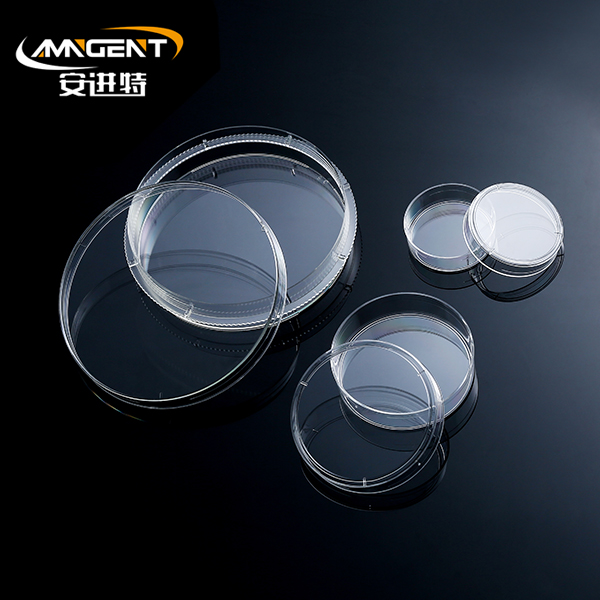Frequently Asked Cell Culture Questions Answered
Date:2022-07-14 16:15:00 Thursday
Summary:1. If I receive a vial of frozen cells, can I store it in liquid nitrogen directly?In many cases, cells shipped on dry ice (-80°C) can be returned to liquid nitrogen and then rapidly thawed. However, such treatment may reduce cell viability. For some......
1. If I receive a vial of frozen cells, can I store it in liquid nitrogen directly?In many cases, cells shipped on dry ice (-80°C) can be returned to liquid nitrogen and then rapidly thawed. However, such treatment may reduce cell viability. For some sensitive cell lines, this may make cell recovery more difficult. This phenomenon is thought to be due to changes in the structure of intracellular ice crystals due to temperature changes. Therefore, it is recommended that cells should be thawed and cultured as soon as possible after receipt. It is best to reduce the storage time at -80°C, preferably this temperature is only used for shipping.2. Why should cells be stored in the gas phase instead of the liquid phase in a liquid nitrogen tank?Cells are stored in liquid nitrogen phase for easier recovery. In the liquid phase of liquid nitrogen, if the cryovial is not properly sealed or leaks, the cells are in direct contact with the liquid nitrogen, which will affect the viability of the cells after thawing. 3. How to change the medium for suspension cells?Cells in suspension can be grown by simply adding fresh medium (if space permits) or by detaching cells from old medium by centrifugation (100 x g for 5 min), followed by resuspending the pelleted cells in fresh medium. However, for most suspension cell lines, simply adding medium is a better approach. Either method requires that the medium be refreshed before cells reach their maximum saturation density. The saturation density of cells is between 3 x 10 5 and 2 x 10 6 depending on the cell line and culture conditions (resting or agitation, oxygenation level, etc.).Cells must be diluted to lower cell concentrations to allow sufficient nutrient recovery to keep cells in logarithmic growth. If the medium is simply changed without reducing the cell density, the cells will quickly deplete the medium and die. If cells are diluted below their minimum density, they will enter a lag phase, grow very slowly, or die. Each suspension cell line has a different saturation density and passage interval, so daily cell counts are the best way to monitor a suspension cell line.
3. How to change the medium for suspension cells?Cells in suspension can be grown by simply adding fresh medium (if space permits) or by detaching cells from old medium by centrifugation (100 x g for 5 min), followed by resuspending the pelleted cells in fresh medium. However, for most suspension cell lines, simply adding medium is a better approach. Either method requires that the medium be refreshed before cells reach their maximum saturation density. The saturation density of cells is between 3 x 10 5 and 2 x 10 6 depending on the cell line and culture conditions (resting or agitation, oxygenation level, etc.).Cells must be diluted to lower cell concentrations to allow sufficient nutrient recovery to keep cells in logarithmic growth. If the medium is simply changed without reducing the cell density, the cells will quickly deplete the medium and die. If cells are diluted below their minimum density, they will enter a lag phase, grow very slowly, or die. Each suspension cell line has a different saturation density and passage interval, so daily cell counts are the best way to monitor a suspension cell line.
